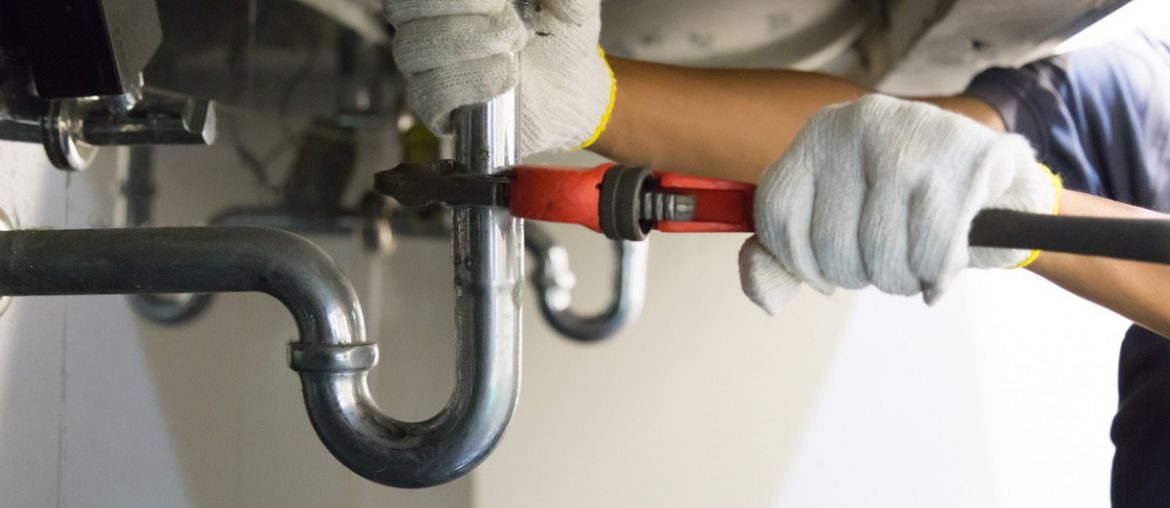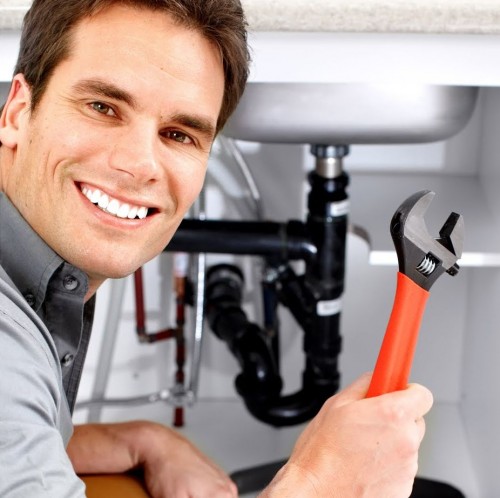Understanding the Basics of Home Plumbing: A Beginner's Tutorial
ViewThey are making several good observations on Plumbing Basics Every Homeowner Should Know overall in this article in the next paragraphs.

Plumbing is an essential aspect of any home, in charge of providing tidy water for alcohol consumption, food preparation, and showering, as well as getting rid of wastewater securely. Recognizing the essentials of home plumbing is essential for every single home owner to guarantee correct maintenance, troubleshooting, and, if essential, repair services. In this novice's overview, we'll cover the essential principles of home plumbing to assist you come to be extra accustomed to how it functions.
Supply Of Water System
The water supply system brings clean water right into your home from a local water resource or an exclusive well. It consists of a main water line that links to your home's plumbing system, typically situated underground. A water meter measures the quantity of water consumed, while a shut-off shutoff enables you to regulate the flow of water into your home.
Plumbing Fixtures
Plumbing fixtures are tools that deliver water to various parts of your home and include sinks, faucets, bathrooms, showers, bath tubs, and appliances such as dishwashing machines and washing equipments. Each component is linked to the supply of water system by means of pipes and fittings and may have its shut-off shutoff for maintenance or emergency situations.
Water Heater
The water furnace is in charge of heating water for domestic usage, consisting of showering, food preparation, and cleaning. Typical kinds of water heaters consist of tank-type hot water heater, tankless (on-demand) hot water heater, and heatpump hot water heater. The water heater is attached to the water system and delivers warm water to plumbing components as needed.
Drain System
The drain system eliminates wastewater from your home and brings it away to a sewer therapy center or septic system. It contains a network of pipelines, installations, and components that transport wastewater from plumbing fixtures to the primary sewage system line or sewage-disposal tank. Correct water drainage is vital to avoid blockages, backups, and sewage leaks.
Air flow System
The ventilation system helps keep appropriate air pressure and stop sewer gases from entering your home. Vent pipelines, likewise called air vent stacks, expand from plumbing components to the roof, enabling sewage system gases to leave securely outdoors. Air flow pipes likewise enable air to go into the water drainage system, helping with smooth wastewater flow and protecting against suction or vacuum cleaner effects.
Common Plumbing Devices
Having the right tools handy is vital for executing basic plumbing repairs and upkeep jobs. Usual plumbing devices consist of adjustable wrenches, pipe wrenches, pliers, pipeline cutters, hacksaws, bettors, augers (or drainpipe serpents), and Teflon tape. Having these devices easily offered can aid you tackle small plumbing problems successfully.
Basic Plumbing Repair Services
While some plumbing repair services may need expert aid, many usual issues can be addressed with fundamental do it yourself methods. Knowing just how to take care of a leaking faucet, unclog a drain, replace a bathroom flapper, or repair a trickling showerhead can save you time and money on plumbing fixings.
Verdict
Recognizing the basics of home plumbing is important for each house owner to maintain a risk-free, practical, and reliable plumbing system. By acquainting on your own with the supply of water system, plumbing components, drainage system, air flow system, typical plumbing devices, and fundamental repair work, you can with confidence deal with small plumbing concerns and ensure your home's plumbing system runs smoothly.
Understanding Basics of Home Plumbing System: A Beginner's Guide
The Main Components of Your Home Plumbing System
The Water Supply System
This system is responsible for transporting fresh water into your home. It usually has a main water line that splits into two branches: one directed towards cold water services and the other connected to a water heater for hot water. The pressure is key here; it ensures water reaches all parts of your house.
The Drainage System
Once water has been used, it becomes wastewater that needs to be removed from your home. This is where the drainage system comes into play. It includes all the pipes that carry wastewater and sewage away from your house to sewage treatment facilities or septic tanks.
The Vent System
The vent system prevents sewer gases from entering your home and helps maintain the pressure balance that allows wastewater to flow out properly. These vents usually exit through the roof of your house.
Water Heating System
For those who enjoy hot showers or using hot water for cleaning, the water heater is a crucial part of the plumbing system. It can be a tankless system, which heats water on demand, or a traditional water tank model.
Common Plumbing Problems and Basic Troubleshooting
Plumbing systems, while designed to be durable, can face issues like clogged drains, leaky faucets, or low water pressure. Here are some basic troubleshooting tips:
Clogged Drains
Use a plunger or a plumber's snake to try and dislodge whatever is blocking the drain. Regular cleaning can prevent clogs.
Leaky Faucets
Often caused by worn-out washers or gaskets, these can usually be replaced by someone with basic DIY skills.
Low Water Pressure
This might be due to sediment build-up in your fixtures or a leak somewhere in your water line. Cleaning out aerators or seeking a professional to detect leaks might be necessary.
Preventive Maintenance Tips
Maintaining your plumbing system is key to avoiding emergencies. Regularly check for leaks, avoid disposing of grease down the sink, and have your system inspected by a professional plumber at least once a year.

I found that post on when doing a search on the search engines. Sharing is nice. Who knows, you may be doing someone a favor. Thank you so much for going through it.
Website